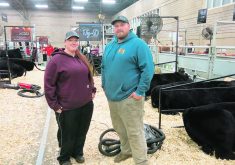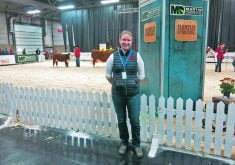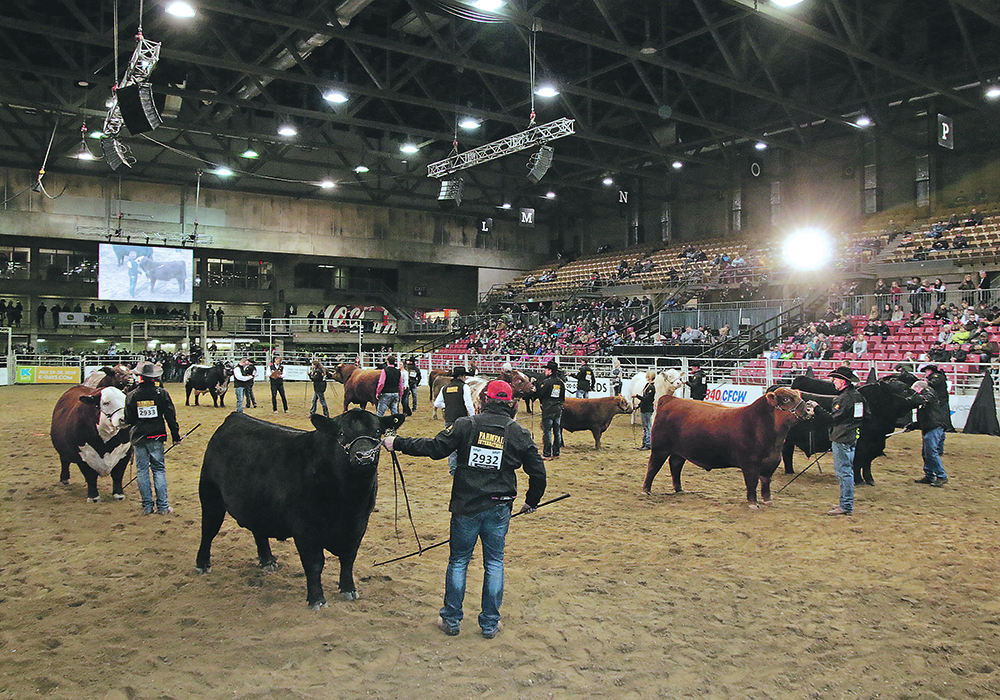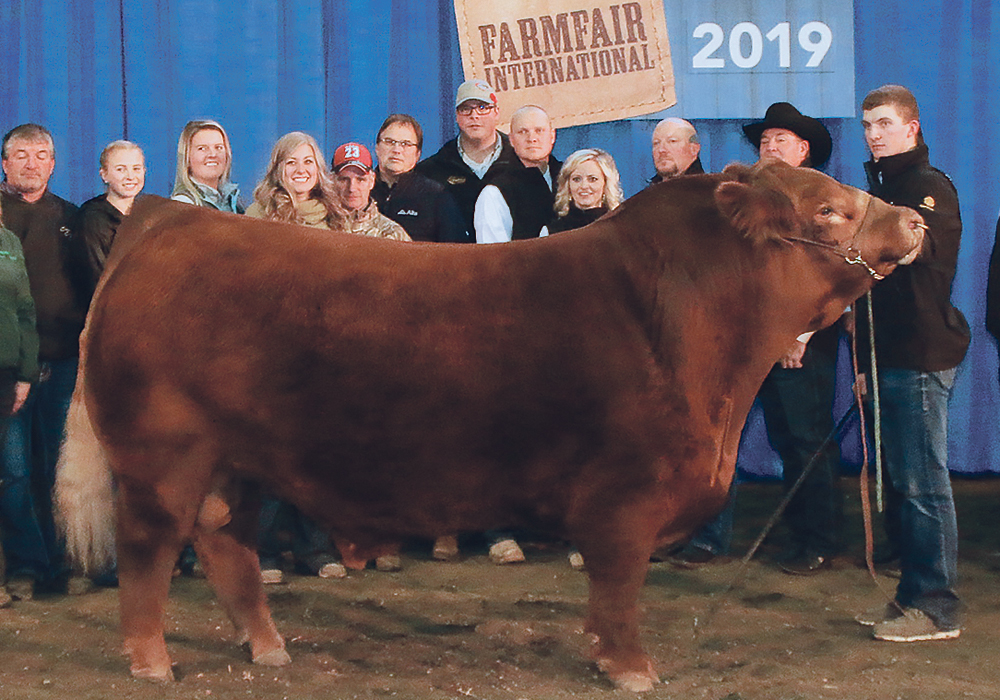They come from different parts of the globe and unite under one roof during the week known as Farmfair. Their job — to keep the animals looking shiny and groomed for the show ring.
They are cattle fitters and they work around the clock here washing, shampooing, drying and styling show cattle.
One flaw in a cow or bull’s appearance may mean game over for an exhibitor’s chance at advancing to the coveted Supreme Show of Champions. So, breeders rely on fitters to do their jobs well.
Read Also

Animal protection delivery to change in Saskatchewan
The Saskatchewan government is looking for a new agency to handle animal welfare after Animal Protection Services of Saskatchewan decided not to renew its contract next year.
“They (owners) can sometimes be very picky, but others just let us do our job,” said Jordan Anderson during an interview Nov. 11, while on a break from grooming a Shorthorn during Farmfair International, held Nov. 8-12 in Edmonton.
“I’m up at 5 a.m. and done around 11 p.m. It’s wonderful and it’s a constant process, and if one hair doesn’t sit right, everything looks weird.”
When it comes to grooming, Anderson usually attends shows only in Alberta. Others travel the bigger show circuit.
Samantha Fletcher from Australia, travels anywhere her skills are needed. She estimated that she has travelled about 2,000 kilometres this year.
“I just graduated university, so I’m doing this as a bit of fun and to take a break from college,” she said. “I love it.”
Other fitters agree. They say they wouldn’t be at Farmfair or other shows if they didn’t love grooming.
Megan Bond described it as an addiction.
“I’ve had other jobs but I walked back to do this job,” said Bond of Arc-Bond Livestock. “Once you’ve got it, you’ve got it. You either love it or you hate it. But for me, it’s the finished product and seeing them (the cattle) look fancy in the ring.”
Lillian Dowell agreed that she likes making cattle look like something special.
“You take this ugly duckling and turn it into (a) princess,” she said with a chuckle.
Bond and Dowell work directly with producers. They head out to farms to groom cattle on-site when they are about to be sold at auctions.
“I think we’ve done 2,000 head already this year,” Bond said.
But being a fitter isn’t always easy, Dowell added.
She said to ensure she and the animals are safe, she has had to learn how to relax the animals when grooming them.
“Cattle that don’t know you can get really upset, so you have to take it easy, cool off, laugh or whatever works,” she said. “It can be how you talk with them or you can just say nothing.”
If it’s OK with the owner, and if the animal is stressed and being groomed for the first time, Dowell said they sometimes use a small dose of sedative.
They use drugs if necessary only for sale cattle on farms or ranches, not for animals that are showing at events like Farmfair.
“It’s not a bad idea and it’s for your safety and the animal’s safety,” Bond said. “It takes the edge off and you don’t get kicked as much.”
Bond and Dowell and other groomers keep fitting for the love of it, and hope to do it for as long as they’re able.
“That’s what we’re here to do,” Fletcher said.
“We make them look good and try to fix anything we can and, hopefully, they’re happy with it.”
















